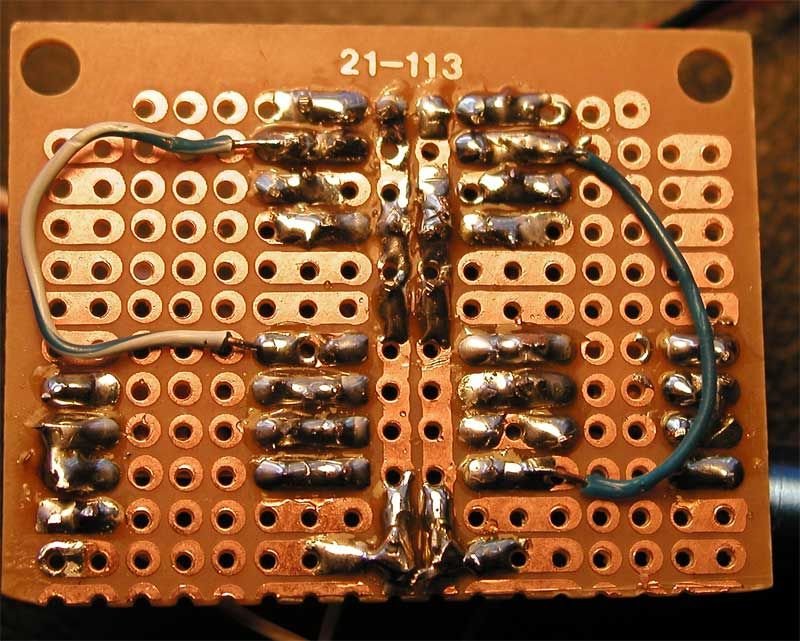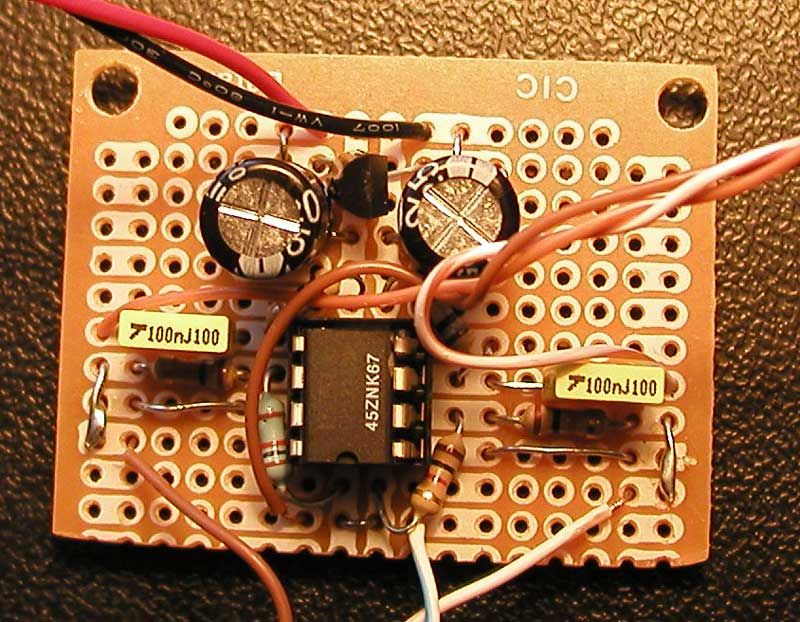eyevancsu
100+ Head-Fier
- Joined
- May 10, 2003
- Posts
- 255
- Likes
- 10
Those cheapy punches are too hard to work with, and kinda painful. Go down to walgreens, eckerd, or preferaly officemax/depot and get one with plastic/rubber grip. These are super easy to use and require little to no effort to produce perfect holes. They're like 2-3 bucks.
-ivan c.
-ivan c.








